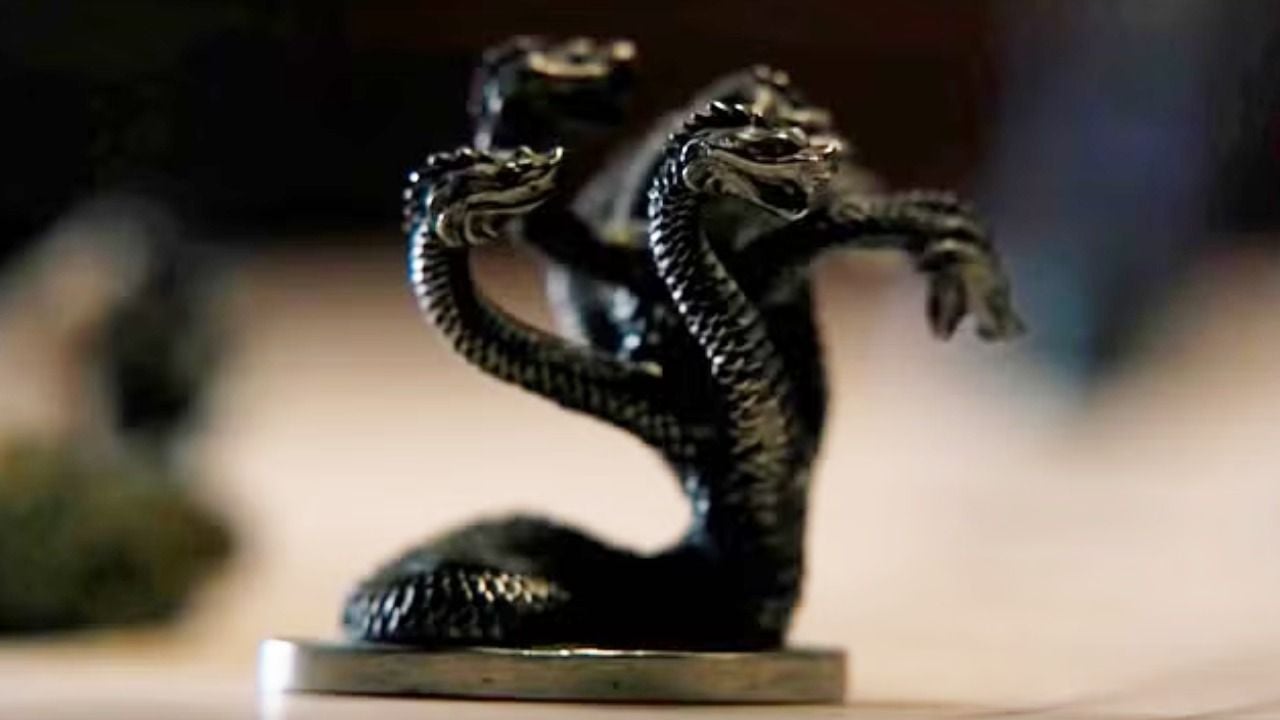Science and astronomy are subjects that generate interest for many people, whether scholars of the theme or only enthusiasts, who like to know more. However, since they are very technical fields, it is common that the language used in the materials that speak of these topics is difficult to understand, especially for lay people.
Therefore, some experts create content that explain the subjects in a more didactic way and simply to obtain a wider audience and disseminate information. This is the case of the “Cosmos: a Personal Travel” series, a production of the United States broadcast in the 80s, presented by Carl Sagan and raised by him and his wife Ann Druyan.
If you are interested in astronomy and want to know more, clearly and objectively, know the series that has been successful at that time, using special effects, a good soundtrack and an expert and charismatic guest. See the article below.
“Cosmos: a personal trip”: what is the series with Carl Sagan about?
The “Cosmos” series was a television show created by Carl Sagan and his wife Ann Druyan, produced by Kcet and Carl Sagan Productions in association with BBB and Polytel International. It was published in PBS between 28 September and 21 December 1980, being considered one of the greatest examples of effectiveness in scientific diffusion in the audiovisual media.
Carl Sagan, scientist, astronomer, astrophysicist, writer and scientific promoter, was his presenter and used technical means and his charismatic personality to attract public attention. Sagan is the author of over 600 scientific publications, as well as more than twenty science and fiction books.
During his life, the scientist defended skepticism and the use of the scientific method, as well as promoting the search for extraterrestrial intelligence with the Seti project. He established the sending of messages aboard space probes to inform possible extraterrestrial civilizations about the existence of humans.
The “Cosmos” series has a format similar to other BBC documentaries, such as “Civilization” (Kenneth Clark) and “Life On Earth” (David Attenborough). However, unlike them, who were completely filmed on the film, “Cosmos” used video tapes for internal scenes and special effects and the film used for the outside. However, the episodes were cut to adapt to the 50 -minute grid.

There were 13 episodes of 60 minutes each, produced by Gregório Andorfer and Rob McCain. The covered subjects were scientific themes, who tried to answer questions such as: where we came from, from where we are, how we arrived here and what our place is in the universe. With this, it has become one of the most important works of scientific diffusion in history.
The highlight of the series was the innovative use of special effects, which made the Sagan travel environments that were actually models that seemed complete scenarios. However, “Cosmos” became known only by that name, without the subtitle, due to the best seller of the book and album of the soundtrack that used the title.
So, since 2010, the subtitle has been used again, to differentiate it from the new series that emerged later. In 2014, the “Cosmos: Space Odyssey” program debut, which is a remake of the original presented by Sagan in 1980. It is presented by the physicist Neil Degrasse Tyson, with the executive production of Seth Macfarlane and Ann Druyan, Vedova di Sagan . The series is not available in any streaming in Brazil.
The first version of Cosmos was the most assisted series in the history of American public television, at “The Civil War” (1990). Still in 2009, it was the most assisted PBS series in the world. The program won two Emmy and a Peabody Award, broadcast in over 60 countries and seen by over 500 million people.
In Brazil, the production was broadcast for the first time in Globo in 1982, on Sunday, after “Fantástico”. The Brazilian scientist Marcelo Gleiser presented in 2006, in Fantástico, the “Dust of the Stars” series, a scientific diffusion program created with “Cosmos”. Already in 2008 the original series began to be broadcast by the TV school.

Carl Sagan was scientist, astronomer, astrophysicist, American scientific writer and advertising. He was one of the main responsible for the spread of science and spatial exploitation.
The Post Cosmos: Know the Astronomy series presented by Carl Sagan appeared for the first time in digital look.
Source: Olhar Digital
Rose James is a Gossipify movie and series reviewer known for her in-depth analysis and unique perspective on the latest releases. With a background in film studies, she provides engaging and informative reviews, and keeps readers up to date with industry trends and emerging talents.






